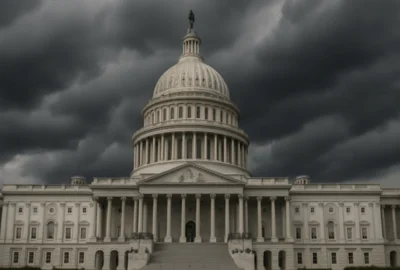SACRAMENTO, Calif. - Following hundreds of public meetings and thousands of public comments, California today released the final, refined environmental
documents for WaterFix, an essential effort to modernize the State’s water infrastructure.
“WaterFix will secure water supplies for 25 million Californians and prepare for a future marked by rising seas, seismic threats and more extreme weather,"
said Mark Cowin, Director of the California Department of Water Resources. “After years of scientific study and analysis, we have found the best solution
for protecting both the Delta’s ecosystem and a vital water supply for California."
The Final Environmental Impact Report (EIR) and Environmental Impact Statement (EIS) describe environmental impacts that could arise from modernizing
California’s infrastructure and includes measures to avoid or minimize those impacts. The document analyzed 18 project alternatives, including the status
quo, and ultimately concluded that WaterFix, known as Alternative 4A, was the best option for both increasing water supply reliability and addressing
current Delta ecosystem concerns while minimizing environmental impact. WaterFix was chosen because of its ability to provide a reliable source of clean
water while minimizing unnatural flows in the Sacramento-San Joaquin Delta that harm native fish and habitat. More than 100 alternatives were also
considered in the development of the WaterFix EIR/EIS and screened out for lack of feasibility or public benefit.
WaterFix is the State’s plan to upgrade infrastructure in the estuary where two major rivers - the Sacramento and San Joaquin - meet before flowing to San
Francisco Bay. The Delta provides critical habitat for wildlife, including several endangered or threatened species of native fish. The State’s two biggest
water projects, the State Water Project and the federal Central Valley Project, deliver water that passes through the Delta. Together, the two projects
deliver water to 25 million people across California. Water project operations in the south Delta are increasingly curtailed to protect listed fish
species. WaterFix aims to reduce that conflict so that water supplies are stabilized and harmful reverse flows are reduced. The project consists of three
new intakes in the northern Delta and two 35-mile-long tunnels to transport water to the existing pumping plants in the south Delta. New intakes and
tunnels would also help guard water supplies against saltwater intrusion as sea levels rise and in the event of an earthquake or storm powerful enough to
destroy levees in the low-lying Delta.
The product of 10 years of study, analysis, and public input, California WaterFix is a key element of the Brown Administration’s five-year plan to build
more reliable, resilient water systems and to restore important ecosystems. The basic elements of WaterFix were chosen in order to satisfy the 2009 Delta
Reform Act, which established the co-equal goals of providing a more reliable water supply for California and protecting, restoring, and enhancing the
Delta ecosystem. The 2009 law directed State agencies to analyze a reasonable range of Delta conveyance alternatives, including various routes and carrying
capacities.
Now that the EIR/EIS is completed, Biological Opinions are expected to be finalized in early 2017, clearing the way for final environmental clearances,
completion of other necessary agreements, and construction beginning as soon as 2018.
Today’s final EIR/EIS was refined after more than 300 days of public review and 600 public meetings throughout the State about the draft versions. It
includes responses to and revisions based on more than 30,000 public comments. The final environmental documents are available at http://baydeltaconservationplan.com/FinalEIREIS.aspx
Source: Bureau of Reclamation






